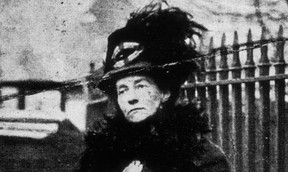 In June 1912, newspapers like the London Daily Mail were still running scathing editorials regarding Suffragette principles.
In June 1912, newspapers like the London Daily Mail were still running scathing editorials regarding Suffragette principles.
If women were really ready for equality, then they would have refused to get into those Titanic life-boats. If they had any kind of emotional maturity, then the likes of Sylvia Pankhurst shouldn't belittle the male chivalry shown during the disaster.
Who on Earth could take Votes for Women seriously in those circumstances?
Emily Wilding Davison was in Holloway Prison. She had already served four months of her sentence for political arson, when the Titanic sank. She had been on hunger strike again. She had been force-fed again. Despite her earlier rhetoric, she had not attempted suicide.
But she was not without news. Isolated, starving, tortured and locked up in a cell, she could only look on, as events unfolded. She could clearly seeing what a public relations nightmare the Suffragette reaction to the Titanic disaster was turning out to be. For two months, there was nothing Emily could do about it.
Except answer the press charges with 'deeds not words'.
On June 19th 1912, Emily Wilding Davison resolved to protest the force-feeding of Suffragettes with drastic action. She climbed to the top of the iron staircase in Holloway Prison and looked down. Thirty feet below, a suicide net hung across the chasm, but the same staircase she had ascended was alongside. She calculated that if she jumped off the railing at an angle, she would bypass the net and hit the staircase instead.
She would surely break her neck. She would show everyone just how serious Suffragettes were about political equality. She would enact the metaphorical equivalent of refusing a lifeboat on the Titanic, in the name of Votes for Women.
Emily leapt. But a corner of the safety net caught her anyway. She sprawled, so close to the staircase, and lifted her head. She smashed it down hard on the iron bannister and blacked out.
She wasn't killed.
Emily Wilding Davison suffered fractures, including a spinal injury. For the final year of her life, she would be in constant pain due to the latter, as well as suffering terrible headaches. But she had not reached her objective. The Suffragette Movement did not have its martyr.
"Why did you do it?" A prison doctor asked her.
Despite her physical agony, Emily was quite blunt in her response. "Only a tragedy will move things along." And still no-one saw fit to attempt to dissuade her in this conviction. Instead they force-feed her again that very night.
One year later, on Derby Day 1913, Emily Wilding Davison ran out onto a racetrack. She was apparently attempting to pin the Suffragette colors onto the king's own racehorse. It trampled her instead. Emily died four days later, on June 8th 1913, due to the injuries she sustained that day.


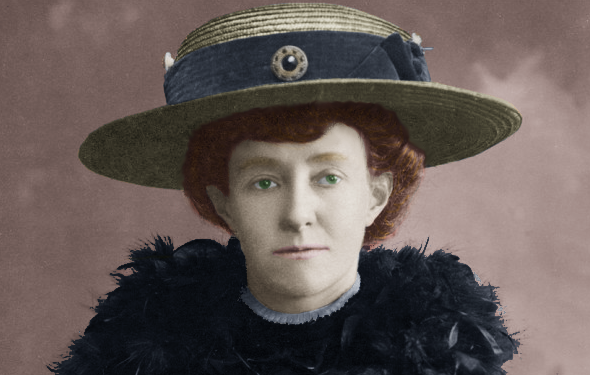

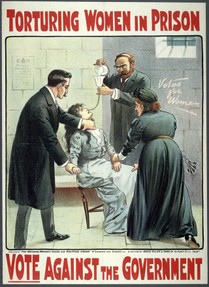 Right around now, two truths became self-evident. She knew they were prepared to kill her. They knew that she was prepared to die. It was a stalemate. A battle of wills with a potentially deadly outcome. It would galvanize public opinion like never before.
Right around now, two truths became self-evident. She knew they were prepared to kill her. They knew that she was prepared to die. It was a stalemate. A battle of wills with a potentially deadly outcome. It would galvanize public opinion like never before.


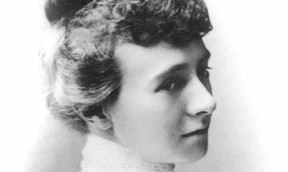 The first thing to note about Emily Wilding Davison was her determination and intelligence.
The first thing to note about Emily Wilding Davison was her determination and intelligence.
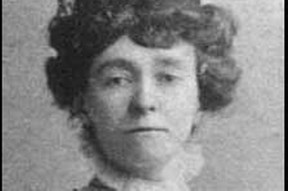 Emily Wilding Davison was arrested and imprisoned nine times. She gained a healthy horror of force-feeding, as her letters revealed. She was also convinced that one day someone would be killed during the practice.
Emily Wilding Davison was arrested and imprisoned nine times. She gained a healthy horror of force-feeding, as her letters revealed. She was also convinced that one day someone would be killed during the practice.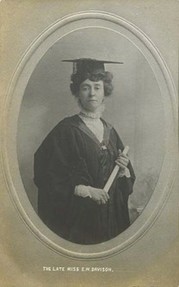 Emily Wilding Davison made a will in 1911. She was only thirty-nine years old. This is one of the major facts lingered upon by the press later, when their stories sought to paint her as a mentally unbalanced, suicidal woman.
Emily Wilding Davison made a will in 1911. She was only thirty-nine years old. This is one of the major facts lingered upon by the press later, when their stories sought to paint her as a mentally unbalanced, suicidal woman.
 In June 1912, newspapers like the London Daily Mail were still running scathing editorials regarding Suffragette principles.
In June 1912, newspapers like the London Daily Mail were still running scathing editorials regarding Suffragette principles.


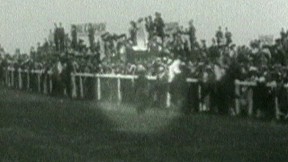 We don't know what Emily Wilding Davison was thinking on June 4th 1913. She didn't leave a note.
We don't know what Emily Wilding Davison was thinking on June 4th 1913. She didn't leave a note.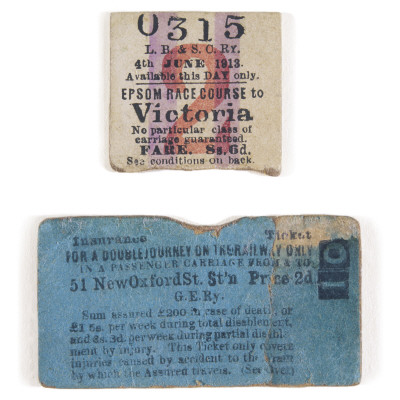
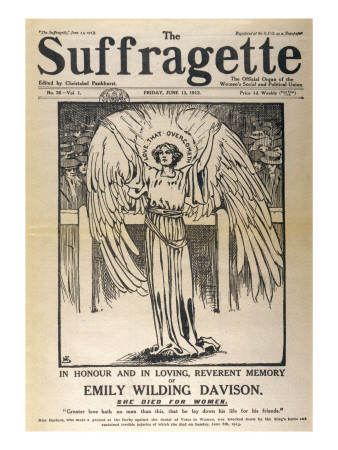
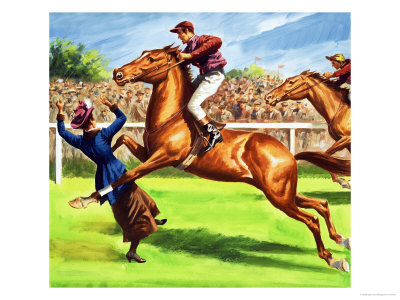
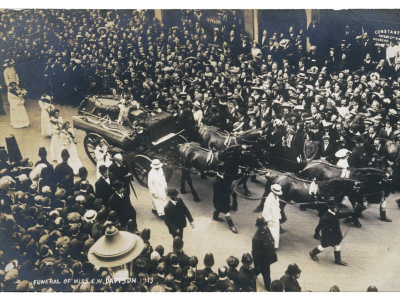

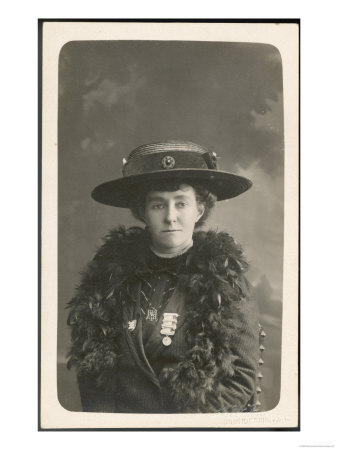

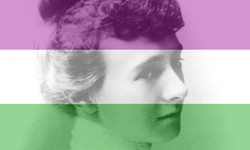

 St Tydecho's Churches in West Waleson 09/03/2014
St Tydecho's Churches in West Waleson 09/03/2014
 Goodies for an Outlander Premiere Partyon 03/06/2015
Goodies for an Outlander Premiere Partyon 03/06/2015
 Holocaust Memorial Day Interview with Rainer Höss, Grandson of Rudolf Architect of Auschwitzon 01/24/2015
Holocaust Memorial Day Interview with Rainer Höss, Grandson of Rudolf Architect of Auschwitzon 01/24/2015
 Romantic Valentine Gifts for an Outlander Fanon 01/16/2015
Romantic Valentine Gifts for an Outlander Fanon 01/16/2015

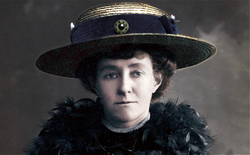
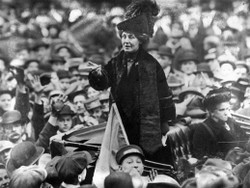
Comments
I'm pleased to have been the one to introduce you to Emily Wilding Davison. She's certainly worth remembering. Grace Petrie song is amazing.
I love Grace Petri, she (okay you talking about her music) was the first time I learned about Emily Davison.
I'm surprised how little I know about anything that happened in these movements, beyond that they happened. Thank you for your knowledge. :)
I've not revisited that part of our history for a while. I ended up doing a lot of reading, simply because I'd been drawn into a new appreciation of what they did for us. I think that as you get older, you see it even more clearly - not the activism, but the personal stories. They were truly amazing ladies.
Thank you for reading.
Wow, powerful story. I'd not thought about suffragettes in a long time. We really do take everything we have for granted, things this amazing lady died for. Thank you for sharing so beautifully.